Technology has changed the way crisis management have to be handled
Every crisis is different, and there is no simple set of rules about how to use social media in these situations. But a number of observations arise from looking at how some of the latest crisis have been managed:
Crisis management #1 – Use social media to keep people up-to-date
The worst thing in a crisis is not knowing. This is where social media can be useful as a tool to keep people informed. Update regularly as things unfold and make sure you are updating with actual developments. The benefit of having a well established blog or online community is that you can then use it for this purpose. Make it the place people can go to for information, keep it current and keep it honest.
During the Icelandic volcano eruption both KLM, SAS and Lufthansa did a great job providing information about the actual development. While KLM embraced it, Air France ignored it.
Crisis management #2 – Make sure the people representing your brand know what they are talking about
When you are unhappy there is nothing worse than feeling that the person talking to you doesn’t really know or understand what is happening. You need the people that are engaging on behalf of your brand in social media to be up-to-date on what is happening and able to speak openly and truthfully for the brand.
They need to be immersed in the brand and internal process and be able to update people quickly and escalate any issues effectively within your organisation. This doesn’t mean they need to work for you directly, but it does mean they need to be fully immersed in your brand and they should be effective and experienced brand communicators.
Be sure who is tweeting on behalf of your organisation otherwise there is a risk that your facing the same problem as Vodafone UK or Chrysler did.
Crisis management #3 – Engage people talking about you – be they compliments or complaints
When crisis happens people are going to complain, and these complaints need responding to. The best thing is to do so in a direct and informative manner. Correct inaccuracies and give people who are complaining information to stop them talking about you in social media and start them helping to resolve their own problems and disappointments.
Crisis management #4 – Don’t wait for crisis to hit to build engagement
When crisis hits, it is easiest if you have a clear process in place already for dealing with complaints and discussions about your brand online. You need a blog or online community that people recognise as the place to go to to talk to your brand. And you need a well established presence in social media. Without this, you will find it much more difficult to go in when things go wrong and take part in discussions. You will be the newbie and the outsider, when really you should be the centre of the conversation. To get this you need to have a history of really engaging your customers – not just running social media marketing campaigns.
Social media is a powerful crisis management tool, but only if you have been using it when you are not in crisis mode too. It’s real engagement not campaign-based marketing.
Short URL & Title:
How to use social media as a crisis management tool — http://www.torbenrick.eu/t/r/ayh
Share it:
If you enjoyed this article, please take 5 seconds to share it on your social network. Thanks!

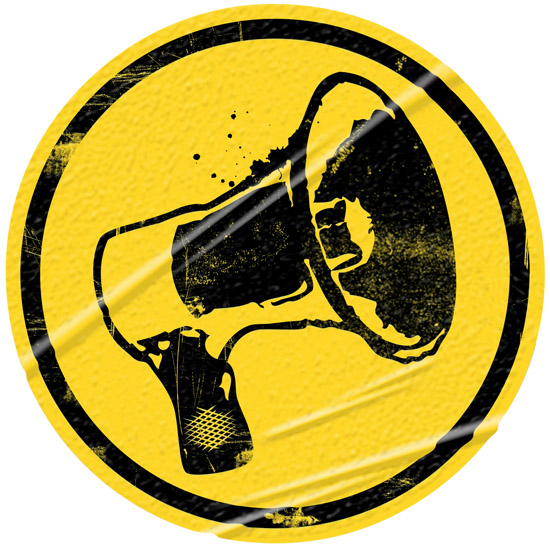
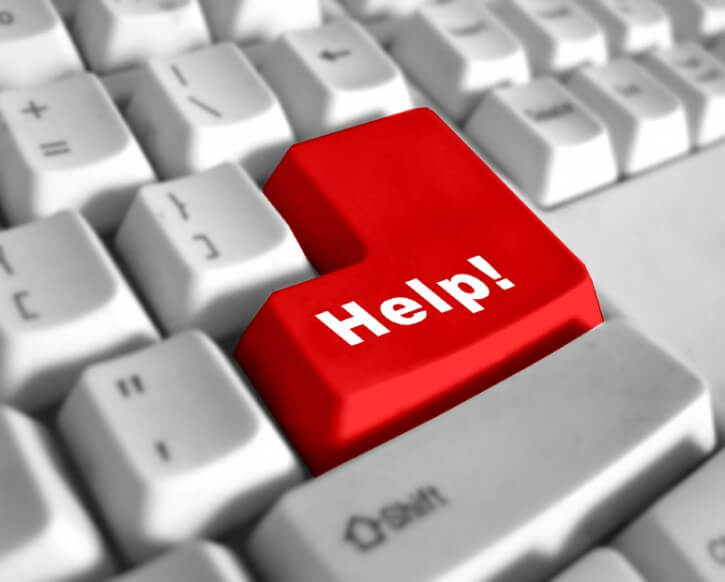
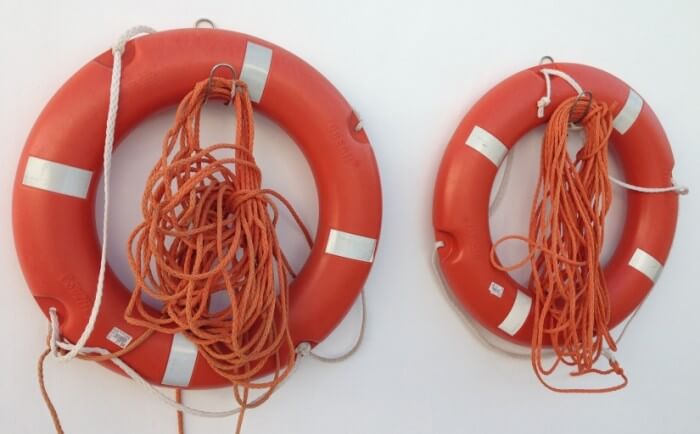



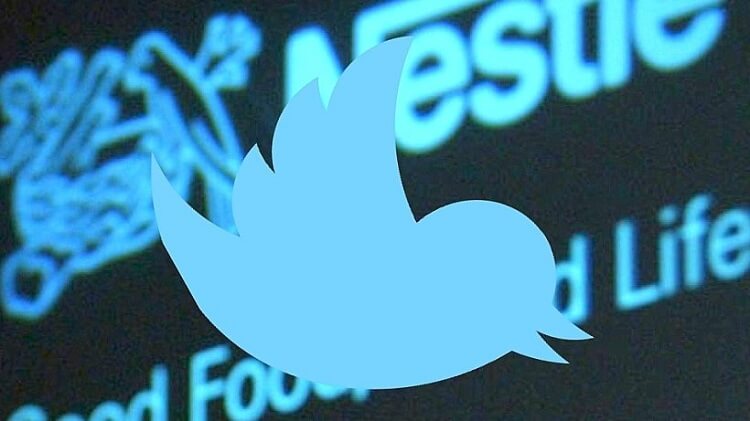
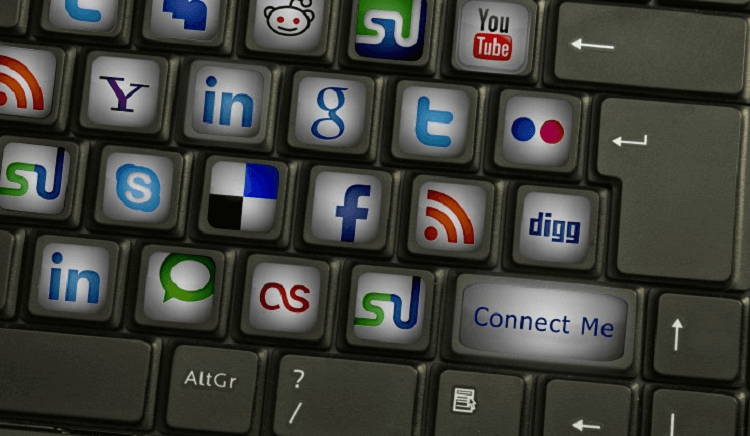
About The Author
Torben Rick
Experienced senior executive, both at a strategic and operational level, with strong track record in developing, driving and managing business improvement, development and change management. International experience from management positions in Denmark, Germany, Switzerland and United Kingdom